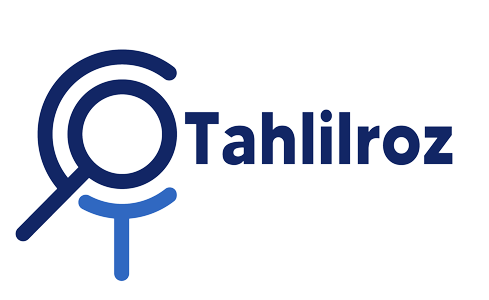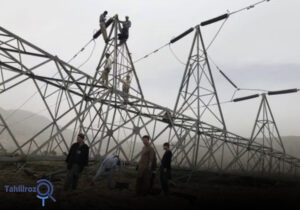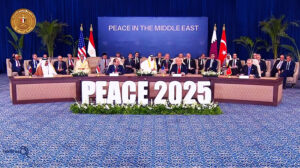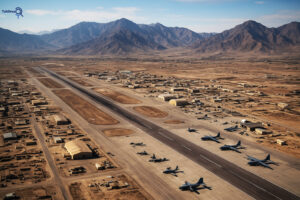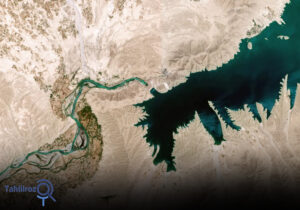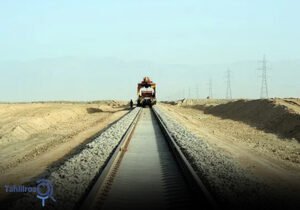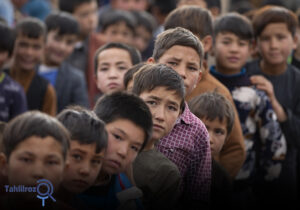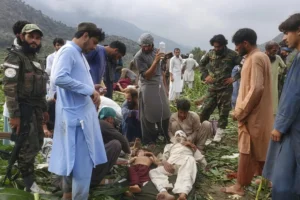In a world where climate change disregards borders and water scarcity has become one of the greatest challenges of the century, water diplomacy is not merely a technical issue but a key to peace, security, and sustainable development. Iran and Afghanistan, two neighboring countries with deep historical, cultural, and geographical ties, are both grappling with a severe water crisis.
With Iran experiencing a 45% decrease in rainfall in 2025 and Afghanistan suffering from recurring droughts that threaten millions of people, cooperation is essential to manage shared water resources such as the Helmand River. This crisis has not only destroyed fragile ecosystems such as Lake Hamun but also triggered forced migration, social tensions, and even border clashes. The significance lies in the fact that water, more than just a natural resource, symbolizes coexistence and shared responsibility; failure to manage it could push relations between the two countries into deadlock.
Thus, the essential question is: what is the current state of water diplomacy between Iran and Afghanistan, and what type of diplomacy could transform the water crisis into an opportunity for mutual cooperation? This article, by exploring the background, analyzing the current situation, and providing practical recommendations, seeks to answer that question.
Historical and Geographical Background of Water Diplomacy between Afghanistan and Iran
Water diplomacy between Iran and Afghanistan is rooted in the complex history of relations between the two countries, dating back to the 19th century. The Helmand River, Afghanistan’s longest river with a length of over 1,150 kilometers, originates in the Hindu Kush mountains and, after passing through Afghanistan’s arid southern regions, flows into the Hamun wetlands on the Iran–Afghanistan border.
The river is not only a lifeline for agriculture, fishing, and drinking water for millions in both countries but also sustains the delicate ecosystem of Hamun, once the third-largest wetland in Iran. However, alterations to the river’s course in 1896 and the construction of early dams in Afghanistan sparked the first disputes.
Historically, the first attempt to resolve the issue came in 1939 with the signing of a treaty between the kings of both nations, which envisioned a division of water. The next major milestone was the 1973 treaty between the prime ministers of the two countries, under which Afghanistan committed to deliver 822 million cubic meters of water annually (equivalent to 26 cubic meters per second) to Iran.
This treaty, grounded in international water law principles such as “equitable and reasonable utilization” of shared resources, included protocols for joint monitoring and technical inspections. However, events such as the 1979 Islamic Revolution in Iran, the Soviet invasion of Afghanistan, and later Taliban rule in the 1990s disrupted its implementation. For instance, between 1998 and 2001, the Taliban blocked the Kajaki Dam’s gates, cutting water flow to Iran and turning Hamun into a desert.
Geographically, both countries lie in arid and semi-arid regions where climate change, such as reduced rainfall and rising temperatures, exacerbates the crisis. UN documents and Iranian meteorological reports indicate that recent droughts have affected over 90% of Iran’s population and millions in Afghanistan. Past experiences, such as limited cooperation in 2015 to revive Hamun, demonstrate the potential of diplomacy. Yet, incomplete implementation of the 1973 treaty and the construction of new dams in Afghanistan have laid the groundwork for today’s tensions.
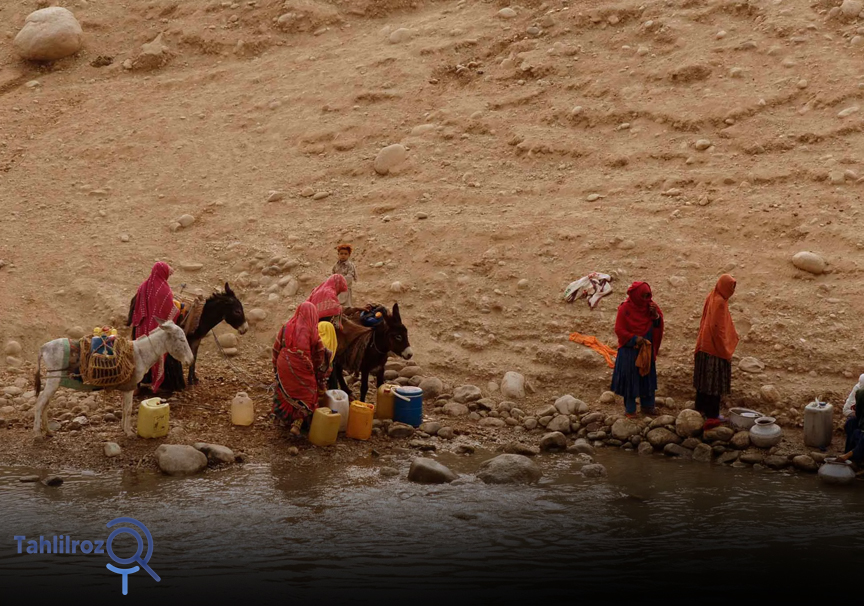
Challenges of Water Scarcity and Diplomatic Tensions
The current state of water diplomacy between Iran and Afghanistan is a mixture of natural, technical, and political challenges that have deepened the water crisis and turned it into a security threat. In recent years, Afghanistan has built dams such as Kamal Khan (inaugurated in 2021), Kajaki, and more recently Pashdan near Herat to store water for agriculture and electricity generation.
While these dams are essential for Afghanistan’s development, they have reduced water flow to Iran. According to official Iranian reports, during the 2023–2024 water year, only about 100 million cubic meters of water reached Iran from the Helmand, compared to the 822 million cubic meters stipulated in the 1973 treaty.
Iranian officials attribute this reduction to Afghanistan’s deliberate diversion of water, whereas Afghan leaders and Taliban officials, such as spokesman Zabihullah Mujahid, blame drought and climate change. Recent events have highlighted these tensions. In 2023, a border clash in Nimruz killed two Iranian border guards and one Taliban fighter, directly linked to the water dispute.
In 2024, after heavy rainfall in Afghanistan, the Taliban released about 300 million cubic meters of water, but this was still below their commitments. By August 2025, Iran once again accused the Taliban of violating the treaty, while new reports — such as those from Radio Free Europe — warned of worsening water shortages in Mashhad due to the Pashdan Dam, which can irrigate 13,000 hectares of land but further reduce flows to Iran.
Analytically, this situation reflects an imbalance: Afghanistan, as the upstream country, has more control over the river flow, while Iran, with its larger population and greater economic dependence, is more vulnerable. International documents, such as the 1997 UN Convention on the Law of the Non-Navigational Uses of International Watercourses, stress the principle of “no significant harm” to downstream countries, which Afghanistan is obligated to observe.
Afghanistan–Iran Cooperation for a Sustainable Future
In the face of these challenges, it is time for the Taliban and the Afghan people to take a long-term view and rebuild water diplomacy on the basis of international, Islamic, and political principles, turning the water crisis into an opportunity for mutual cooperation.
First, adherence to international laws and protocols is essential. Provisions such as joint dam inspections (rejected by the Taliban in 2023) must be implemented to ensure transparency. Global conventions like the 1997 UN Convention emphasize the prevention of “infringement of others’ rights”; thus, new dam projects should include environmental impact assessments and consultation with Iran to prevent further harm to Hamun’s ecosystem.
From an Islamic perspective, Islam emphasizes respect for the rights of others. The Prophet Muhammad’s (PBUH) sayings, such as “Muslims are equal in their blood, wealth, and rights,” and the jurisprudential principle of “la darar wa la dirar” (neither harming nor being harmed), oblige the Taliban to honor Iran’s water rights as a fellow Muslim neighbor. Historical experience shows that ignoring these principles, as in the water cutoff of the 1990s, not only damaged bilateral relations but also hurt Afghanistan’s own economy.
Politically and economically, cooperation with Iran — with whom Afghanistan shares deep ethnic, linguistic, and cultural ties — can ensure a more secure future. Iran is Afghanistan’s top trading partner; in recent years, bilateral trade has reached billions of dollars, and Iran hosts millions of Afghan migrants. Water cooperation could pave the way for energy exchanges and joint projects such as reviving Hamun.
The Taliban should take inspiration from positive experiences, such as the 2024 water release following heavy rainfall, and strengthen technical negotiations, as seen in June 2025 in efforts to address the Helmand dispute. The Afghan people, too, by recognizing the shared water crisis, can pressure their leadership to prioritize diplomacy. Ultimately, such cooperation will not only resolve the crisis but also pave the way for lasting peace and joint development — where rivers and waters become not borders of tension but bridges of friendship.
Ayesha Babrak Khel
